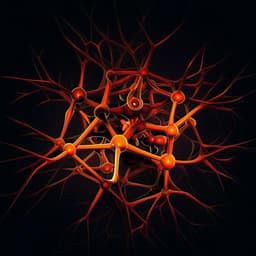
Engineering and Technology
Random laser ablated tags for anticounterfeiting purposes and towards physically unclonable functions
S. Gandla, J. Yoon, et al.
Discover an innovative laser ablation technique that creates random craters on sensitive materials for anticounterfeiting applications. This advancement, developed by authors including Srinivas Gandla and Jinsik Yoon, achieves true randomness and outstanding encoding capacity with high efficiency and cost-effectiveness.
Playback language: English
Related Publications
Explore these studies to deepen your understanding of the subject.







